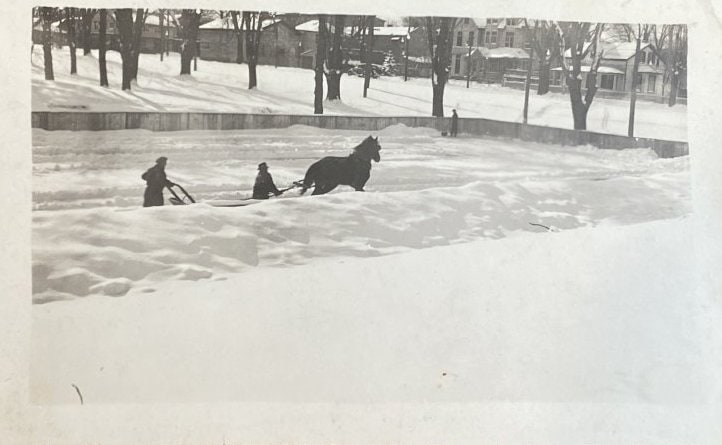
Exploring History: Dreaming of a white Christmas
“Winter has certainly made itself at home this month, and when the frost isn’t nipping at our noses, there’s nothing better than heading outdoors to enjoy a few classic winter activities.”

“Winter has certainly made itself at home this month, and when the frost isn’t nipping at our noses, there’s nothing better than heading outdoors to enjoy a few classic winter activities.”
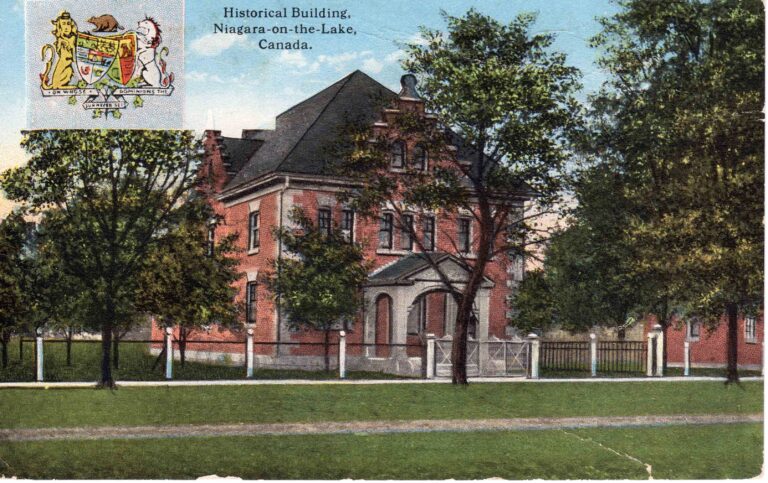
“This museum is, above all, the community’s museum. What has kept the museum alive for more than a century is not simply the buildings or the collections — it’s the spirit of the people.”
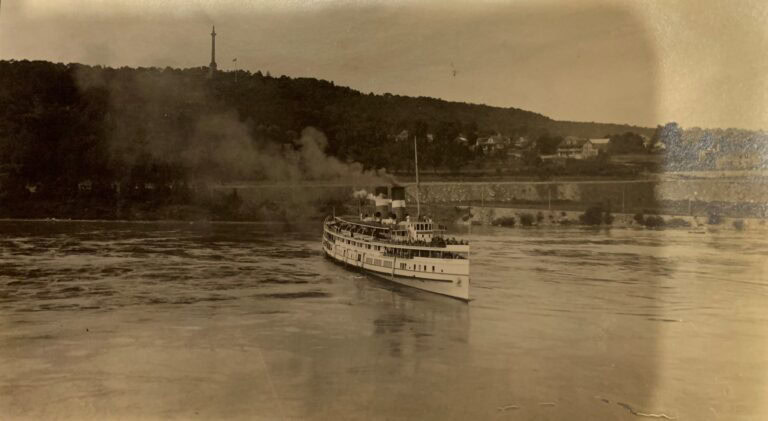
At the height of its popularity, the Canada Steamship Lines fleet would transport up to 10,000 visitors from Toronto to Niagara and Queenston on a busy summer weekend.
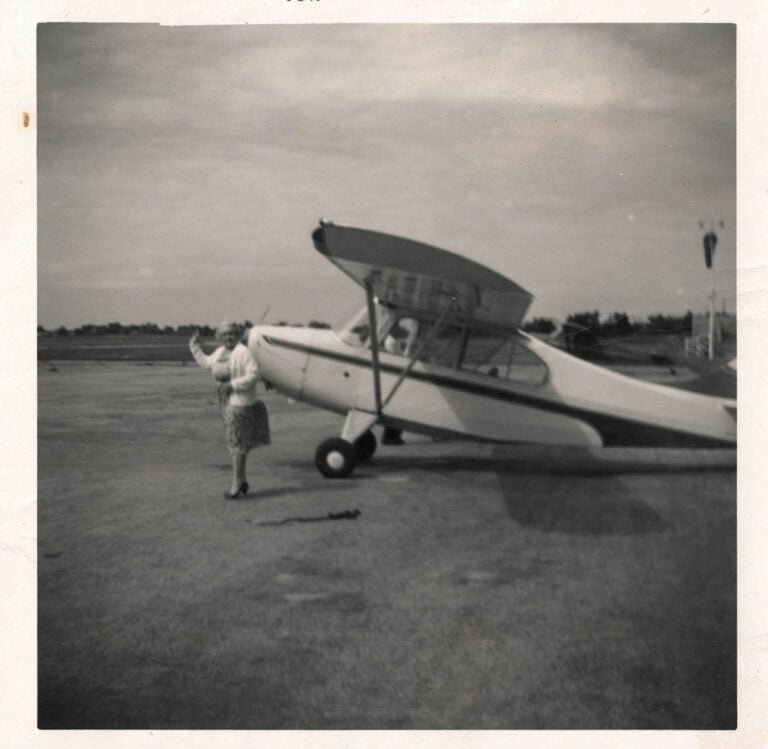
In 1960, Blanche Quinn started working at the flight desk, though she knew very little about flying. But that didn’t last long. She spent 28 years of her life working with the Niagara Airport Commission.
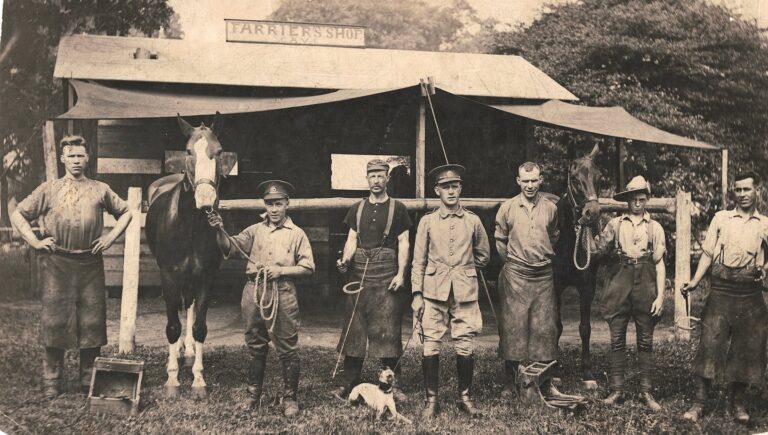
During the First World War, horses were an important part of strategic warfare. Farriers, who had to be skilled in both blacksmithing as well as veterinary services, played an important role at the Niagara Camp training grounds.

Following the Second World War, the federal government gave up part of the Niagara Commons for special housing as a way to honour local veterans returning home.
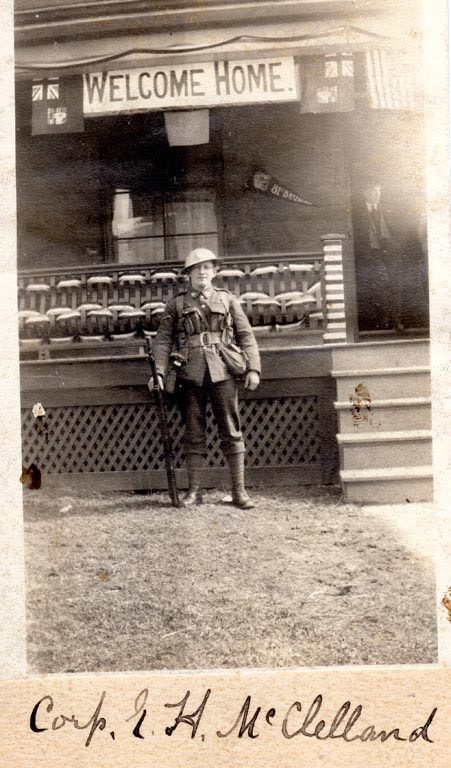
From the ultimate sacrifice to lost limbs to survivor’s guilt to shell shock, generations to come would feel the severe after-effects of the Great War.
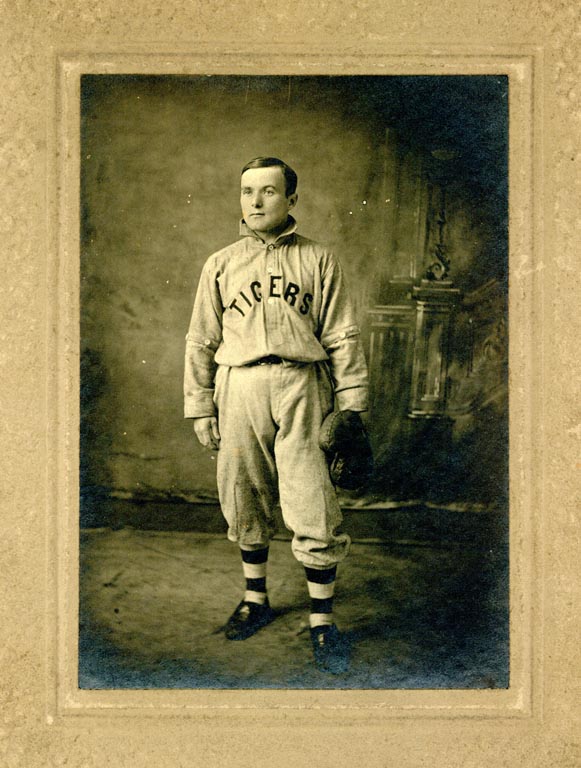
After playing with the Tigers, Pud became a local war hero in Niagara-on-the-Lake. During the First World War, he went overseas with the 92nd Highlanders.
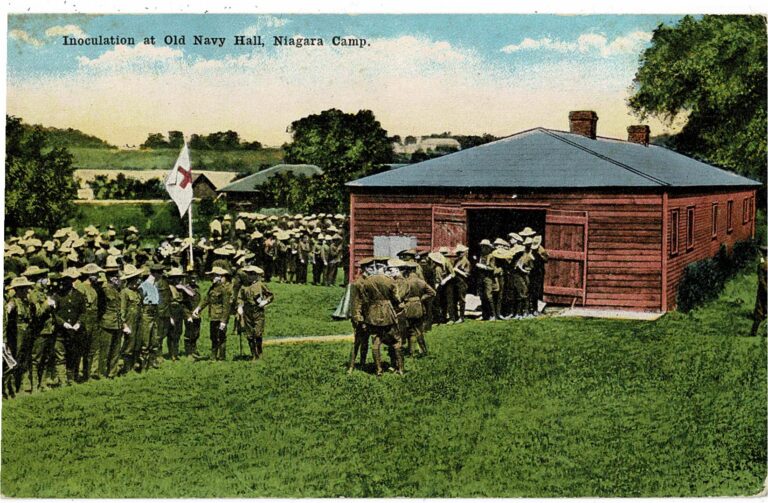
This week’s photograph shows soldiers at Niagara Camp during the First World War getting their obligatory inoculations of smallpox and typhoid.
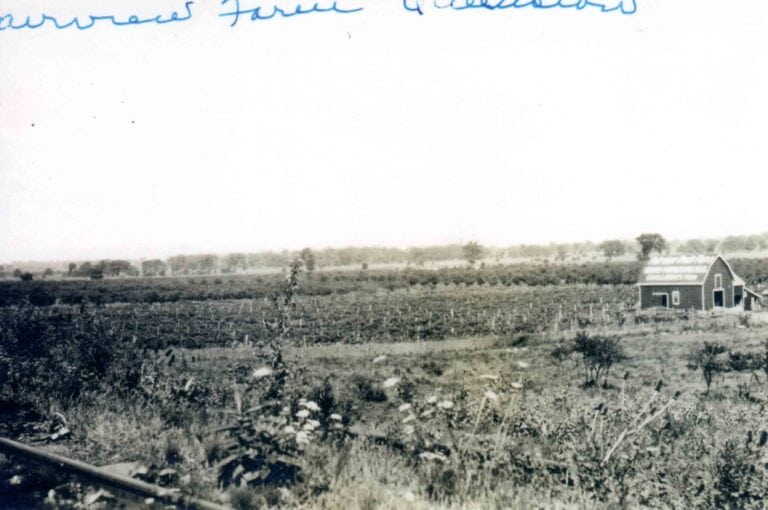
Matthew Charles Lowrey bought the original 42 acres in 1888 and established a successful fruit-growing operation on this land. Fruit farming became profitable in the 1880s, largely because railways opened up new markets for farmers.
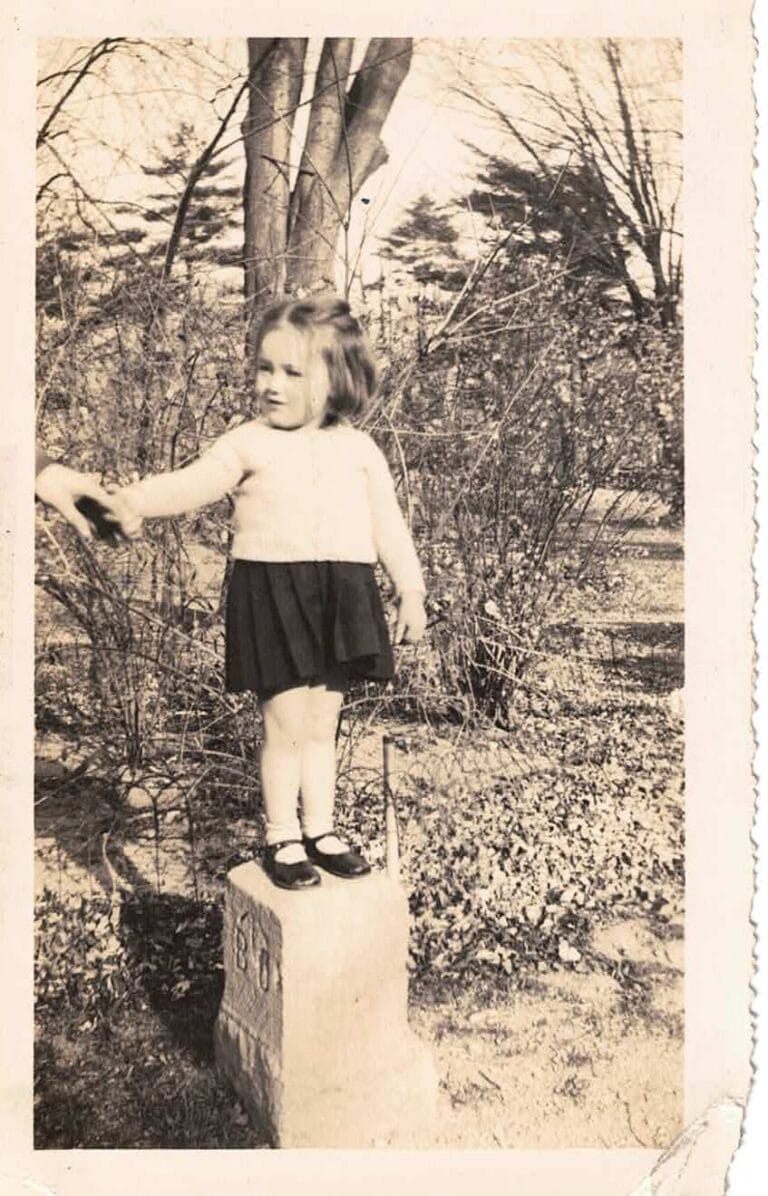
The ordnance boundary stones were erected around the perimeter of four properties in Niagara-on-the-Lake owned by the British military starting in 1823.

This week’s photo for Exploring History is a glass lantern slide that features a single horse-drawn cart riding the beach surf along Lake Ontario.
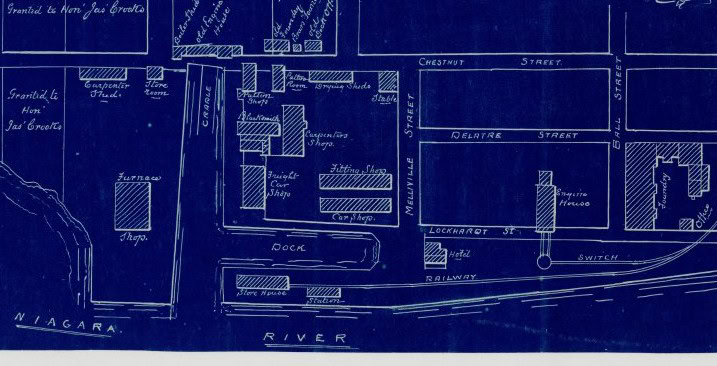
In these blueprint plans from the mid-19th century, the NOTL Museum focuses on the area where the Niagara Harbour and Dock Company buildings and the businesses that supported them were located.
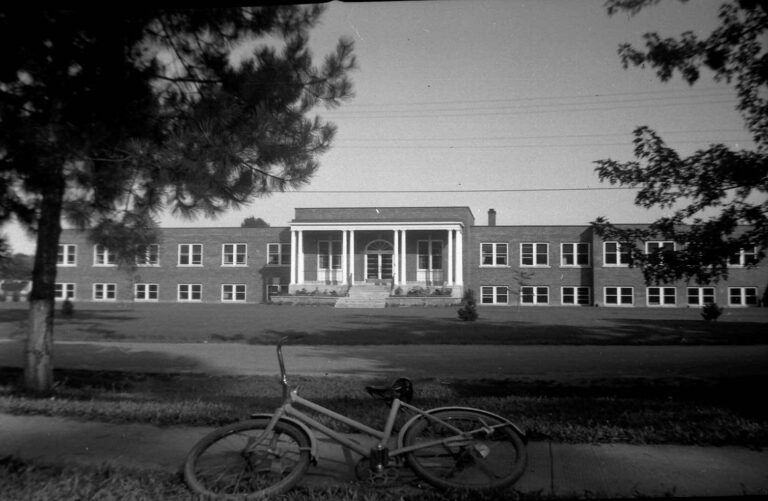
The total cost to build the Wellington Street hospital, including new equipment, was $222,943,82. A majority of the revenue came from community donations.

“As you start this new chapter, your parents are starting a new one, too. If they want to take a cheesy photo of you with a wooden chalkboard documenting your annual life decisions, let them,” writes the NOTL Museum.
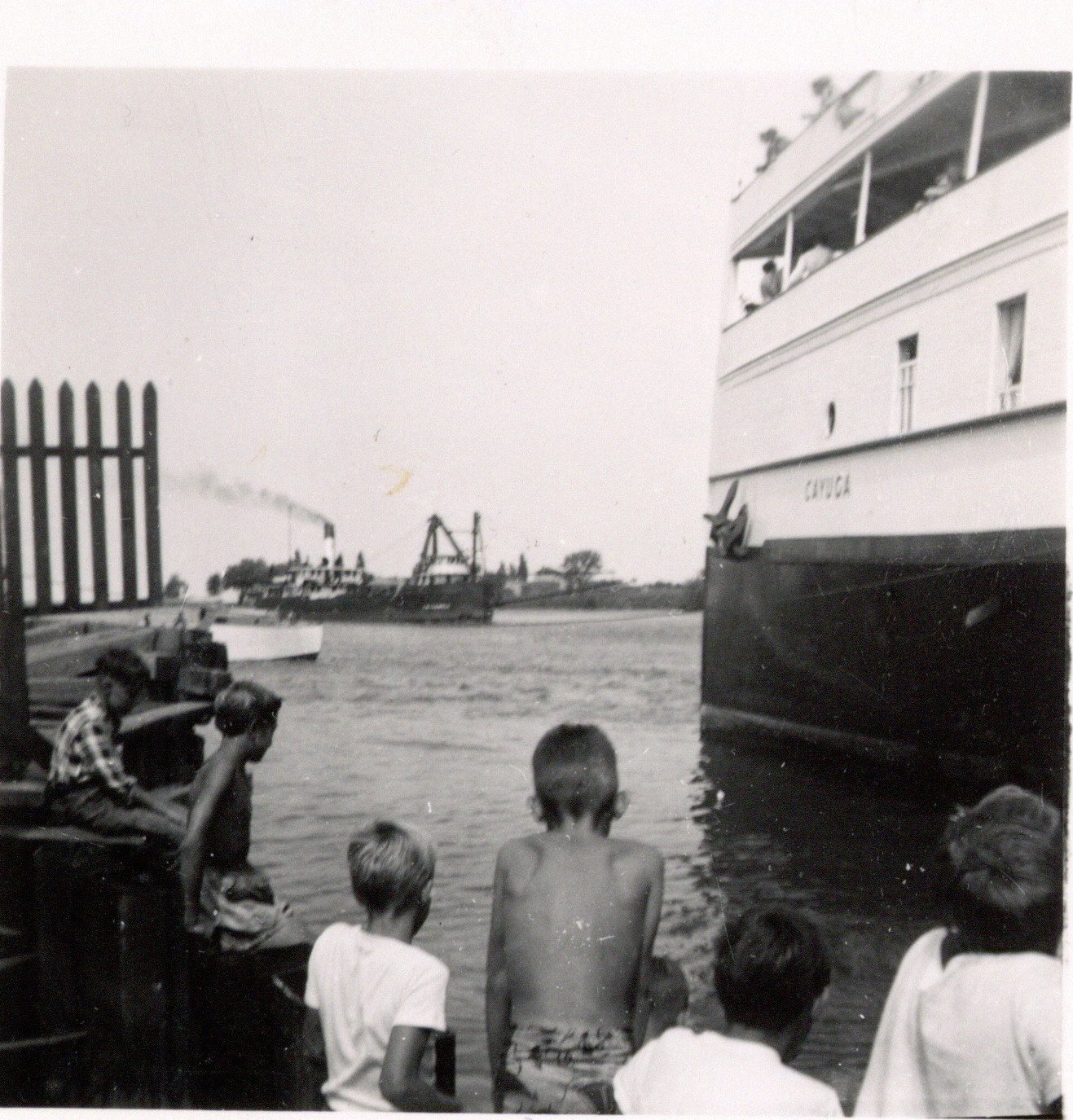
It is the last week of summer for many families as school is back in session on Tuesday. This week’s photo is of NOTL youth hanging out on the docks as the steamship, the Cayuga, pulls away.
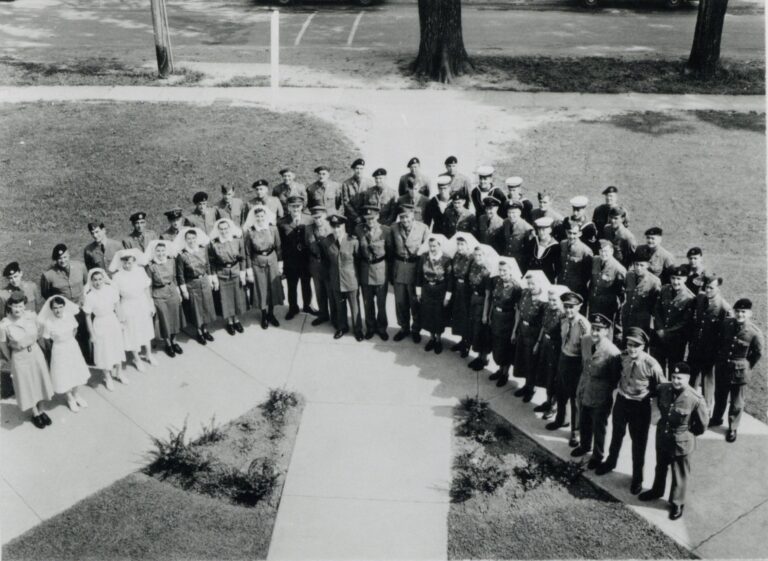
For 10 unforgettable days in August 1955, the Commons Scouts from all over the world learned new skills, maintained their campsites, forged lifelong friendships and discovered Niagara’s juicy peaches.

Held annually in the early 1900s in August, the Gymkhana welcomed cyclists from all parts of America for some fun competition.

It is that time of year when the farmers bring their tasty peaches to the Old Town district to celebrate the peach harvest.

Until the 1920s, a horse and carriage was still the primary mode of transportation for many in Niagara. The Town of Niagara had a few livery stables such as Michael Greene (and later Jack Greene) on King Street and Daniel Waters on Prideaux.

To see the best tennis 125 years ago, you would have headed to the Queen’s Royal Hotel, now the site of Queen’s Royal Park off King Street in the Old Town district.

Built during the late 19th-century boom period, the pumphouse supplied the town with water from the Niagara River until 1983.

An archeological dig held in 1998 discovered that the site appears to have been frequented by hunter-gatherers more than 6,000 years ago.

“Not only did we defend our borders from our neighbours to the south and distinguish ourselves from them, but we also demonstrated to Britain that the settlers here in the colony had true grit to defend our homes,” writes the NOTL Museum.

To all our local students who have worked hard all year, we say congratulations on making it to the end! We are proud of all our graduates, too!

© All Rights Reserved, Niagara Now.

